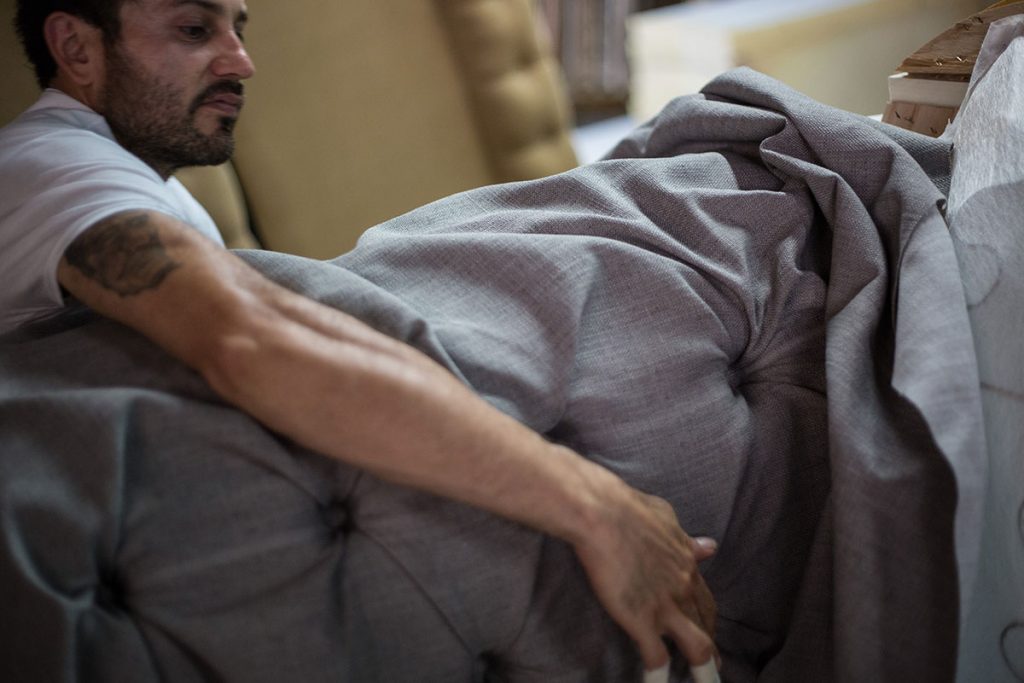Post by FOA Team
Practically every couch or sofa you’ve ever owned has been upholstered. Most likely, every living room chair and recliner you’ve enjoyed has been, too. It’s an art, the process that makes the furniture you lounge in attractive and comfortable. We typically don’t think twice about the design of the softness within, but its implementation is the result of centuries of evolution.
A Stitch in Time
The most basic form of upholstery dates back to the Middle Ages, but it was in 17th century London that the craft became more innovative, notably with padded chairs. Some of the world’s best upholsterers still hail from England. In the US, equally talented counterparts may be found in Michigan and North Carolina. Apprenticeships are carefully awarded. The integrity of the art must be ensured and reflected in the work as the products of these gifted artisans have long been coveted.

An Art Evolves
The craft of upholstery at its best is a mastery of fortifying furniture, first with padding, webbing or springs (particularly necessary for seats) to ensure the maximum level of softness before it is enclosed beneath a tight fabric or leather covering. Mattresses feature their own version of upholstery, primarily among their upper layers. Not just confined to a home setting, the seats and accessories of boats, airplanes and road vehicles also benefit from the process.
One early method combined coil springs and stuffing that came in a wild array of forms: sawdust, straw/hay, feathers, wadding and/or varieties of animal hair. Each layer was built by hand, a technique that has since developed into a refined routine. Advanced stitched edging allowed for padding to be contoured to abstract forms and sloping shapes, thereby leading to the more intricate and curved designs that were typically sold as ornate luxury items to the wealthy. As the process evolved it was made more efficient with the use of innovations like sewing machines, synthetic fabrics and plastic foam. Soon, production was streamlined to allow mass durable traditional-style upholstery to be manufactured with ease.

Timeless Relevance
As mentioned, upholstery is not for home wares alone. In the commercial field, there are large scale needs for it that could include the many pews and chairs at a church; tables for medical and chiropractic purposes in clinics; or the booths, seats and stools in drinking and eating establishments and much more. It’s hard to imagine a world without the cushioned seats, padded interiors and fabric-covered sofas we take for granted… they’re all products of upholstery and part of our lives.

